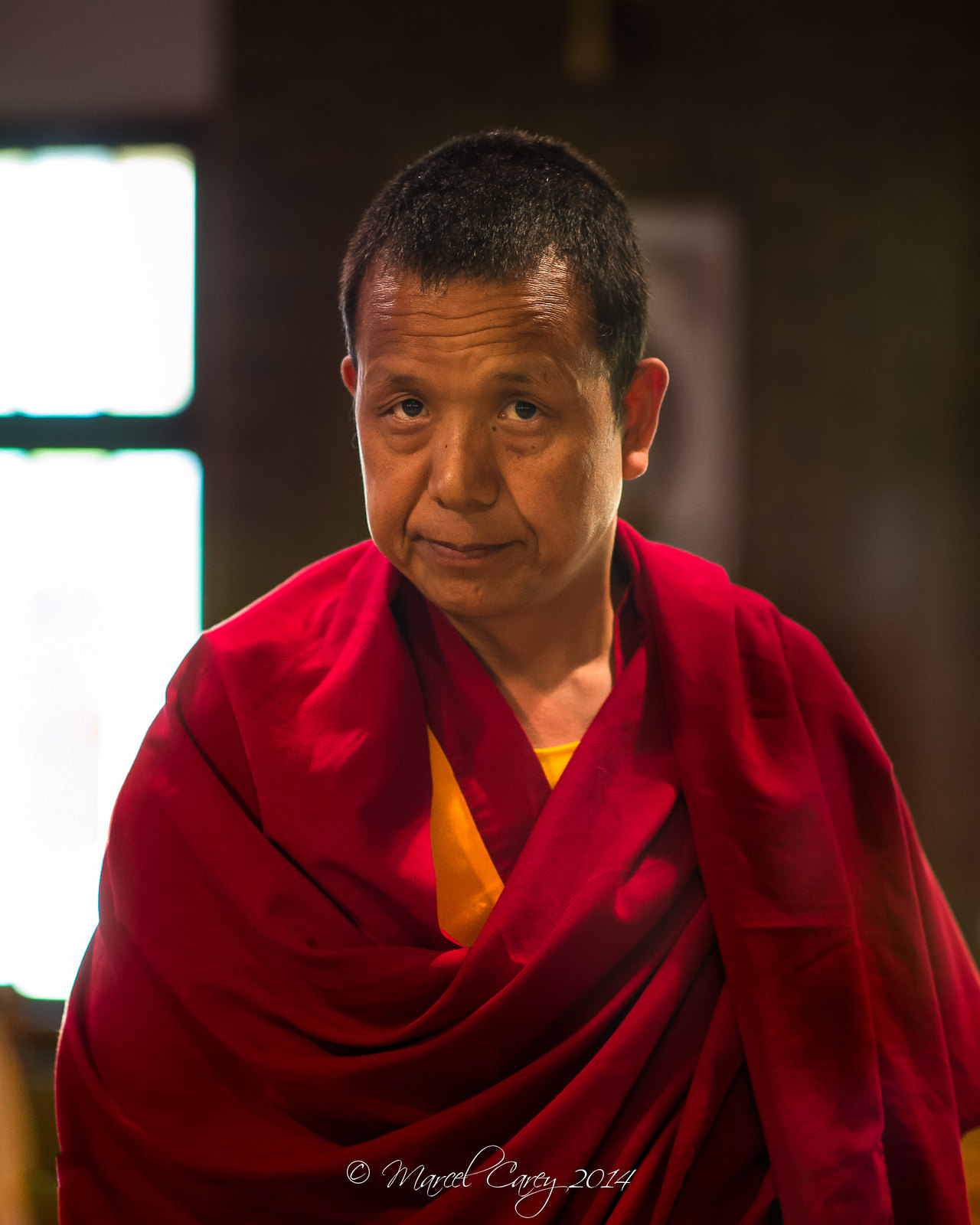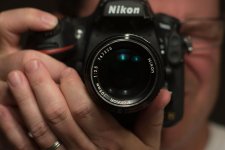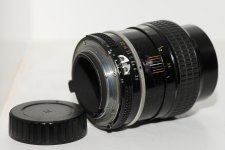I recently purchased a vintage 105 f/2.5 Nikkor-P (Sonnar-type) for better quality portraits on my D3300. Given that it is a non CPU lens, I can only use it in the manual program (M) mode. While it takes an occasional great shot, I have noticed some peculiar performance issues with it that I wanted to bounce off fellow Nikonites for insights to make sure the lens is not defective. Note that most of my shots have been with subjects (mostly my daughter) within 15 feet.
1. For close-in shots wide open or stopped down to 5.6, even if the viewfinder shows a crisply focused image, the photos are often a bit soft. I'm not sure if that is a characteristic of the lens. When I hit the shutter, I've occasionally felt the focus ring move very slightly. It doesn't seem enough to throw off focus, but I wonder if it is a symptom of something else or a common characteristic of these older lenses. I even looked into the diopter correction on the camera viewfinder to make sure it wasn't my eyes, but that didn't seem to be the issue.
2. On a couple of occasions, I activated the onboard flash to allow a faster shutter speed for a sharper image. However, I generally ended up getting extremely blurry and overexposed images, despite having focused crisply on the subject via the viewfinder. I'm totally confused on why the flash would result in an out of focus image, but hoping there is a simple explanation. Could it be a combination of camera settings that is causing this behavior, or is it a symptom of a lens defect or characteristic? (I did manage to get one extremely sharp and decently exposed image with flash turned on, but that was the exception).
3. Could you share any insights on getting more consistent image sharpness from this older lens? Or does this sound like a bad lens that needs to go back?
Thanks for reading and sharing your thoughts!
1. For close-in shots wide open or stopped down to 5.6, even if the viewfinder shows a crisply focused image, the photos are often a bit soft. I'm not sure if that is a characteristic of the lens. When I hit the shutter, I've occasionally felt the focus ring move very slightly. It doesn't seem enough to throw off focus, but I wonder if it is a symptom of something else or a common characteristic of these older lenses. I even looked into the diopter correction on the camera viewfinder to make sure it wasn't my eyes, but that didn't seem to be the issue.
2. On a couple of occasions, I activated the onboard flash to allow a faster shutter speed for a sharper image. However, I generally ended up getting extremely blurry and overexposed images, despite having focused crisply on the subject via the viewfinder. I'm totally confused on why the flash would result in an out of focus image, but hoping there is a simple explanation. Could it be a combination of camera settings that is causing this behavior, or is it a symptom of a lens defect or characteristic? (I did manage to get one extremely sharp and decently exposed image with flash turned on, but that was the exception).
3. Could you share any insights on getting more consistent image sharpness from this older lens? Or does this sound like a bad lens that needs to go back?
Thanks for reading and sharing your thoughts!



 I'm on a D3300, Blade Canyon was just sharing his shot with the same lens taken on a D600.
I'm on a D3300, Blade Canyon was just sharing his shot with the same lens taken on a D600. 




